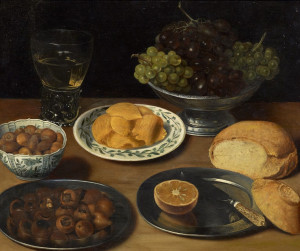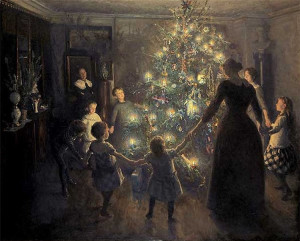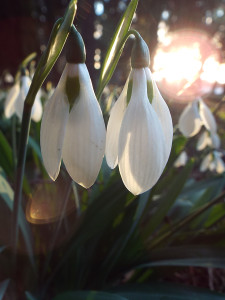FIRST DAY of CHRISTMAS:
St. Stephen’s Day, Boxing Day, Day of the Wren
Christmas Eve ushers in Christmas Day, and now Christmas Day is past and we enter into the Twelve Days of Christmas, days that stand outside of ordinary time. This is Christmastide, or Yuletide, and there is a delightful dance between the newer Christian religion and the older Pagan one that make up the ceremonies of this period. The Twelve Days of Christmas will take us to the Feast of the Epiphany on the sixth day of January, though you will meet people who consider the Christmas season to run through to February 2, the next cross quarter day, which is halfway between the Winter Solstice, which has just passed, and the Spring Equinox. We mark the Second of February here in the States as Groundhog Day, but it is known also by its traditional name as Candlemas or by its even more traditional name: Imbolc.
But I’m getting far ahead of myself. The point is Christmas has just begun. Christmas exists on its own as Christmas Eve and Christmas Day, and today, December 26, is counted as the First Day of Christmas. On this day we celebrate St. Stephen, the first Christian martyr. Being the first to die for his faith (about 34 AD), the Church gave Stephen the first saint’s day after Christmas Day. There is a second St. Stephen who came many years later. This St. Stephen is associated with animals, and particularly horses, and so the First Day of Christmas is a good day to honor animals.
In earlier times St. Stephen’s Day was celebrated by hunting a wren and parading the wren’s corpse through the village. There are some places where this still takes place, especially in Ireland, but it is most often a fake wren that is paraded through town now. Traditionally, though, the day does not go well for wrens. The story goes that it was a wren who betrayed St. Stephen: Stephen had been captured and was about to make his escape when a wren began squawking, awakening the guards who were supposed to be watching him. Wrens have since been considered very unlucky… hence the Day of the Wren. Today’s village parades in Ireland and elsewhere will be attended by wrenboys in bright costumes and strange conical straw hats.
And finally it is Boxing Day today, as well, a British tradition in which gift boxes are given to servants and workers by their employers. Most servants had to work on Christmas Day to help make the day as merry as could be for the families that employed them. But the day after Christmas was usually their day off to spend with their own families. Their employers would send them off with a box containing gifts for themselves and the families they’d go home to.
In Italy, St. Stephen’s Day and the day that follows, St. John’s Day, calls for mulled wine and roasted chestnuts. This is the tradition we like best for this First Day of Christmas.
Image: Frühstück mit Trauben, Nüssen, Kastanien und Brot by Georg Flegel. Oil on oak panel, c.1638. [Public domain via Wikimedia Commons.] The chestnuts are the “kastanien;” “castagne” in Italian.


